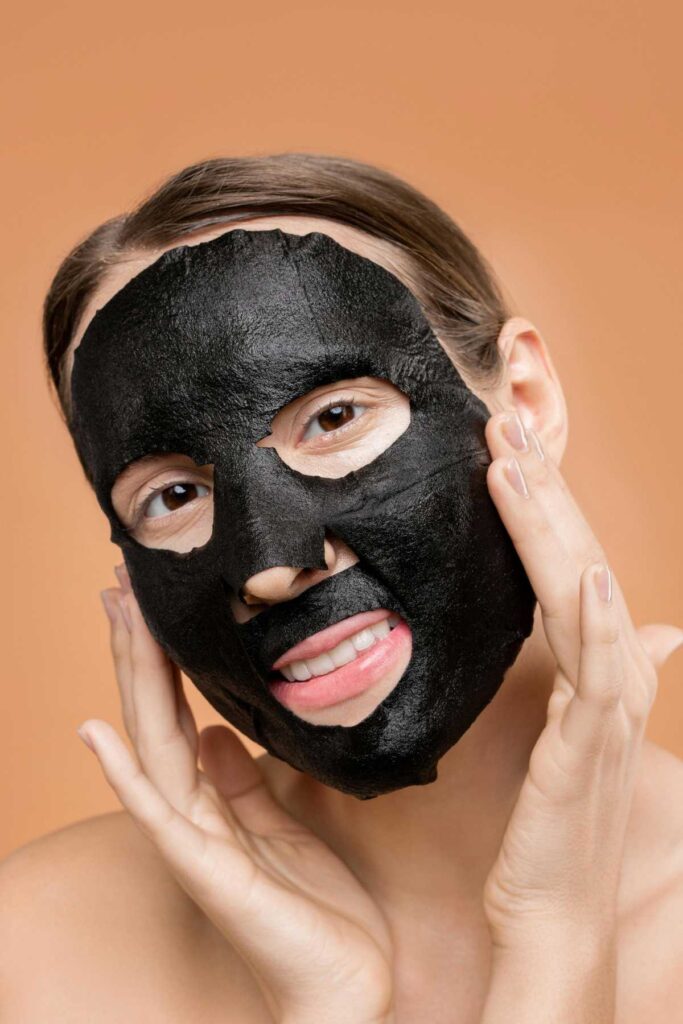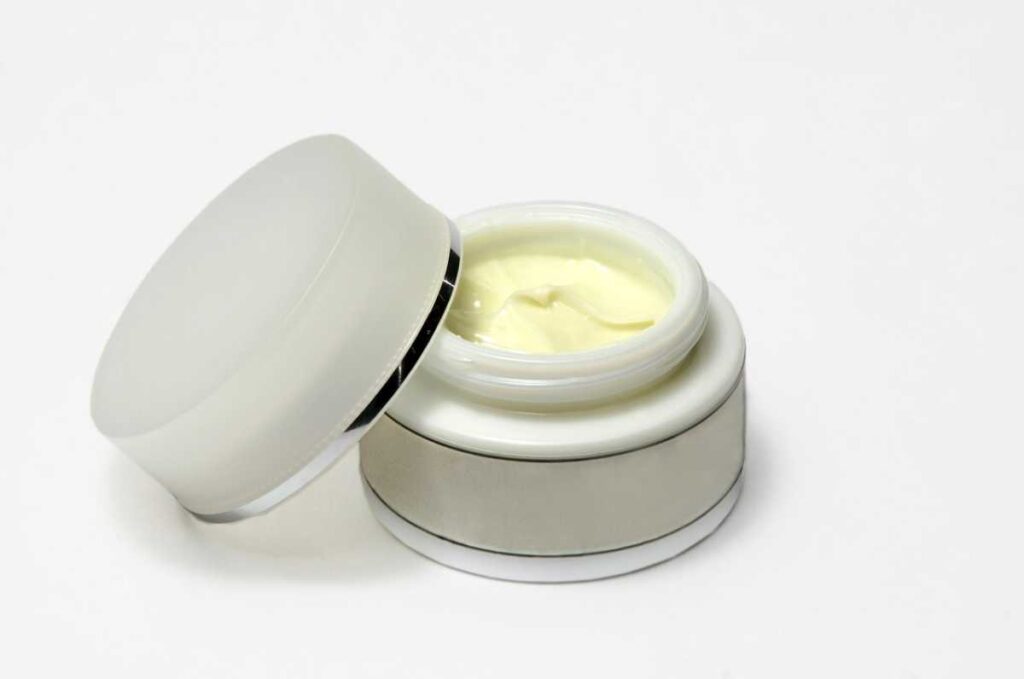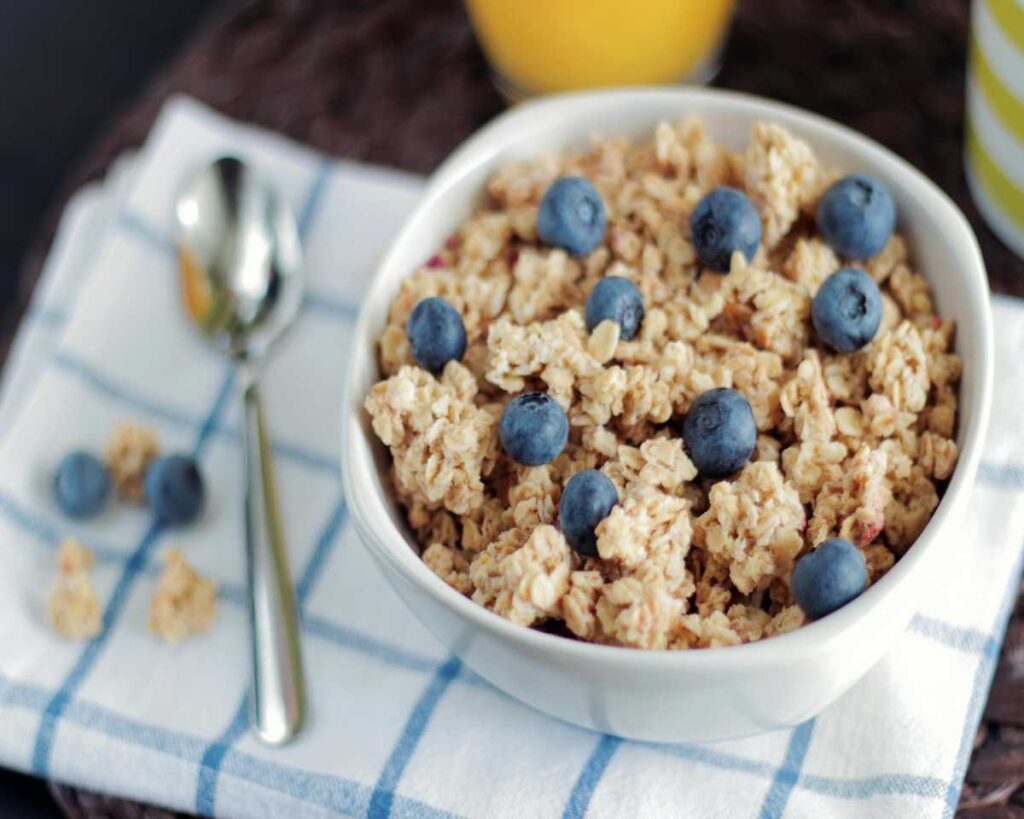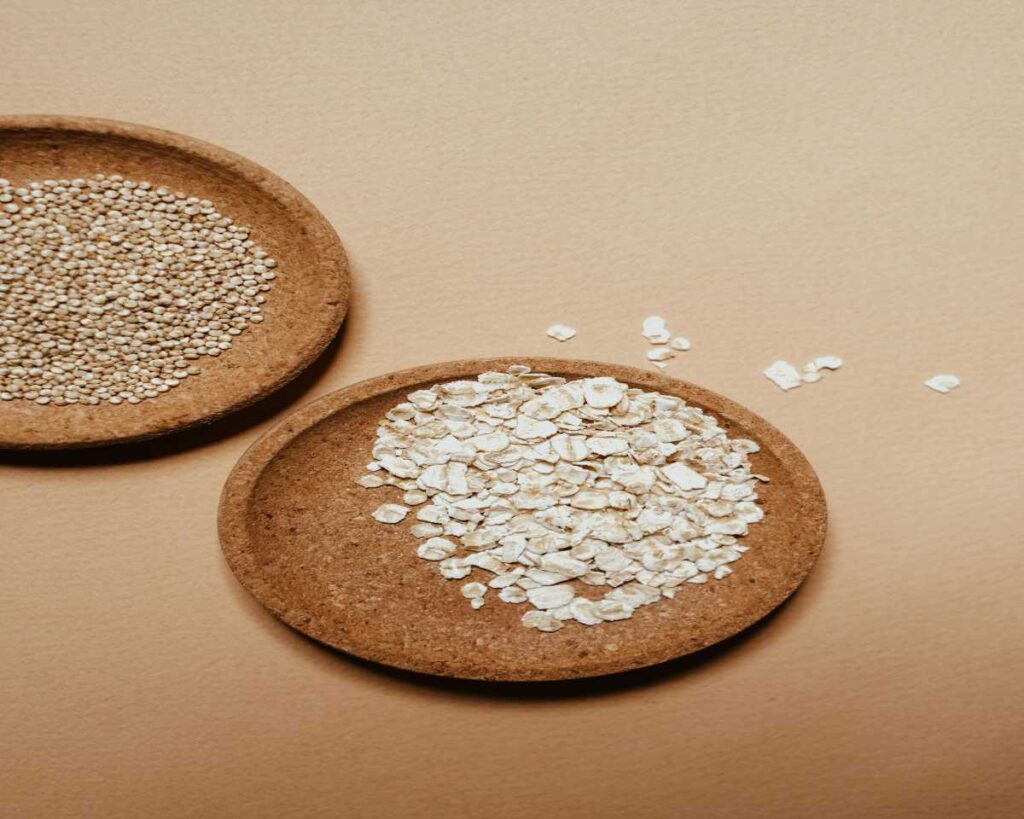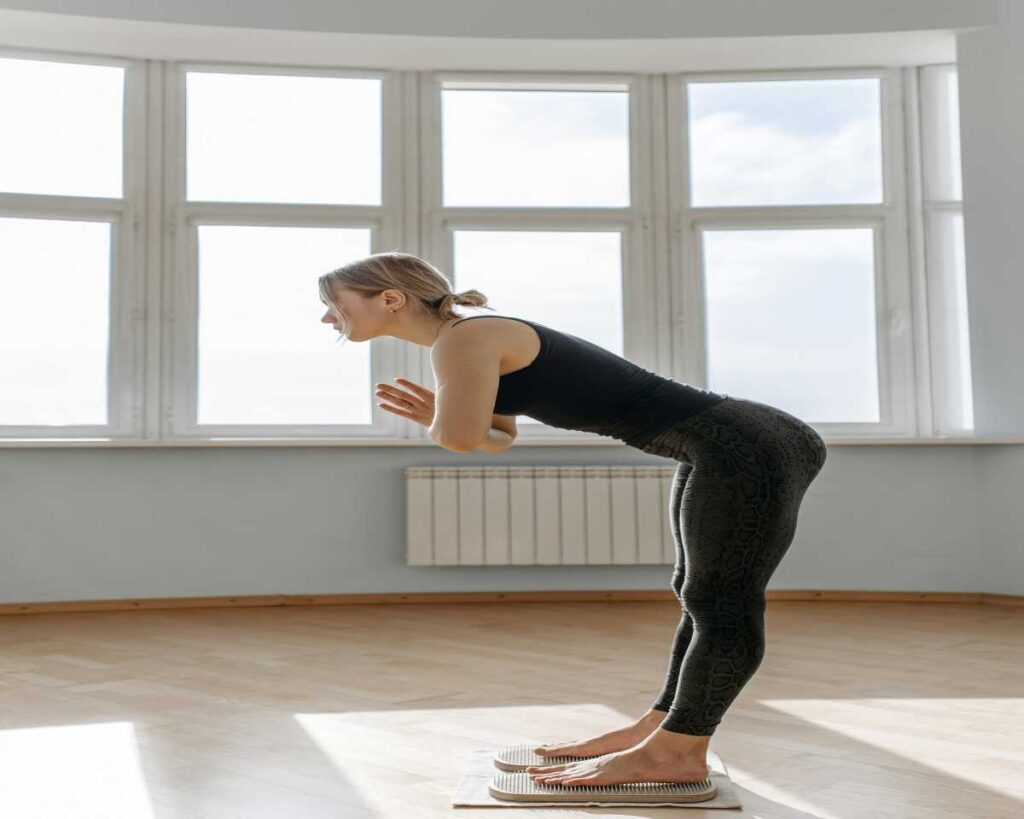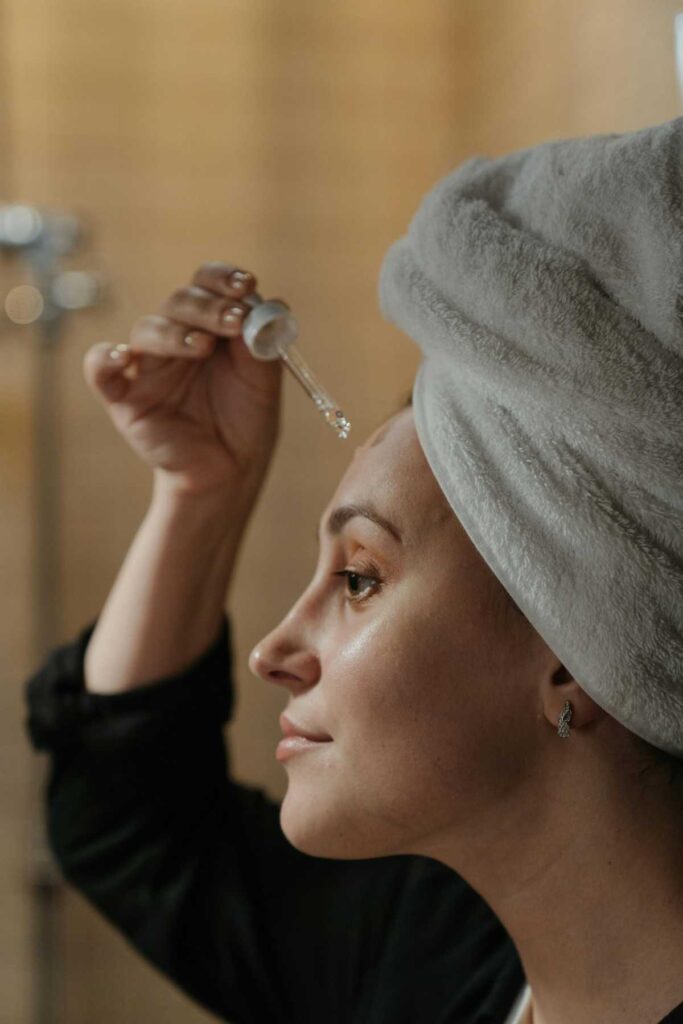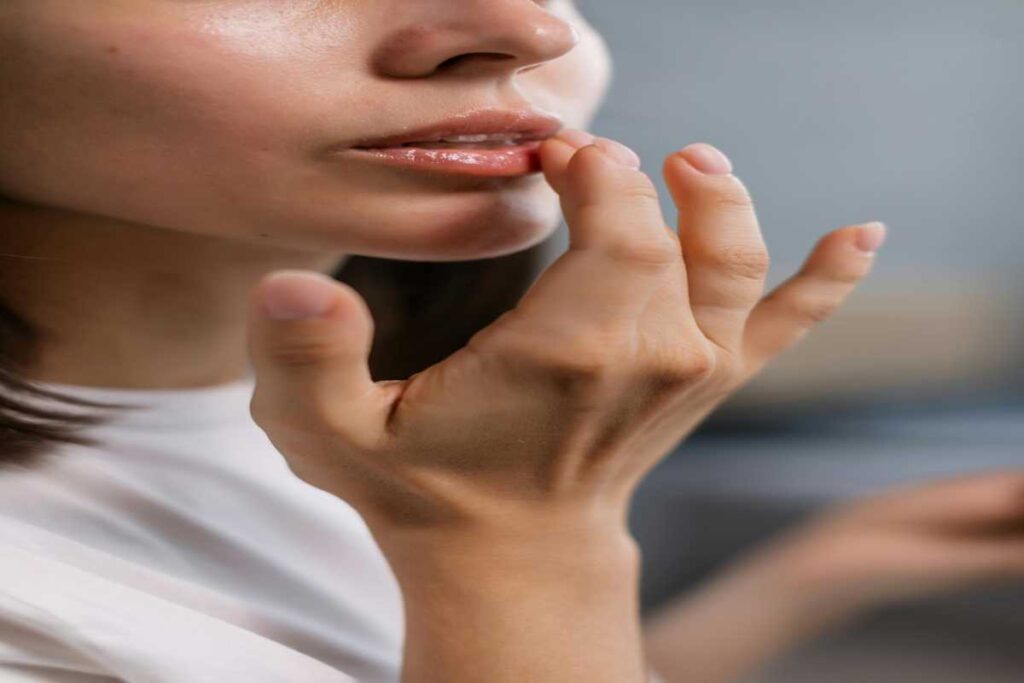Managing oily skin can often feel like a constant balancing act. On one hand, you want to keep your skin hydrated and nourished, but on the other hand, you’re trying to avoid products that will make your skin feel greasy or clogged. Fortunately, you don’t have to rely on harsh chemicals or heavy moisturizers to keep your skin moisturized. There are several natural remedies and techniques that can provide the hydration your skin needs while helping to control excess oil production. In this blog, we’ll explore the best natural ways to moisturize oily skin, so you can achieve a healthy, glowing complexion without the shine.
1. Aloe Vera
Aloe vera is a natural, soothing gel that’s packed with water, making it a fantastic option for moisturizing oily skin. It is lightweight, non-comedogenic (won’t clog pores), and helps to maintain your skin’s natural moisture balance. Aloe vera also has anti-inflammatory and antibacterial properties, which can be beneficial for oily skin prone to acne and breakouts.
How It Helps:
- Hydrates without adding excess oil.
- Soothes irritated or inflamed skin.
- Helps control excess sebum production.
How to Use:
- Apply fresh aloe vera gel directly from the plant or purchase 100% pure aloe vera gel.
- Gently massage it into your face after cleansing, and leave it on for 10-15 minutes before rinsing off with warm water.
2. Jojoba Oil
Though it might sound counterintuitive, jojoba oil is one of the best natural oils for oily skin. This is because jojoba oil closely mimics the skin’s natural sebum, which means it can help regulate oil production. By providing just the right amount of moisture, jojoba oil tricks the skin into thinking it doesn’t need to produce excess oil, leading to a more balanced complexion.
How It Helps:
- Balances oil production and hydrates skin.
- Acts as a non-comedogenic moisturizer.
- Helps control acne and prevents clogged pores.
How to Use:
- Apply a few drops of jojoba oil to your face after cleansing, gently massaging it in.
- You can also mix it with your favorite essential oils, such as tea tree oil, to enhance its acne-fighting benefits.
3. Honey
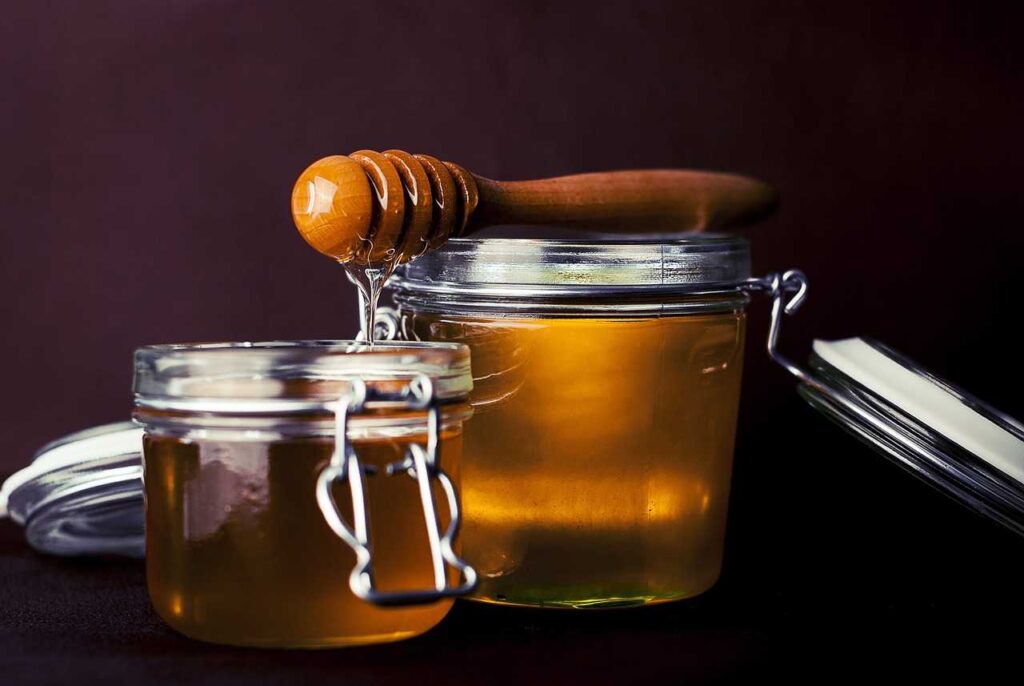
Honey is a natural humectant, which means it draws moisture into the skin and helps retain it. Not only does it hydrate, but it also has antibacterial properties, making it ideal for those with oily, acne-prone skin. It’s gentle on the skin and can be used as a natural moisturizer to soothe and balance the skin without clogging pores.
How It Helps:
- Naturally hydrates without leaving a greasy residue.
- Fights acne due to its antibacterial properties.
- Keeps skin soft and supple.
How to Use:
- Apply raw honey directly to your face as a mask, leaving it on for 15-20 minutes before rinsing with warm water.
- You can also mix honey with other hydrating ingredients like aloe vera for added benefits.
4. Witch Hazel
Witch hazel is a natural astringent that tightens the skin and helps reduce excess oil production. It also has anti-inflammatory properties that can calm irritation, making it a great option for oily skin that is prone to acne or blemishes. While it may seem like witch hazel is drying, it actually helps balance oily skin by removing excess oil without stripping the skin of its necessary moisture.
How It Helps:
- Reduces oiliness and minimizes shine.
- Helps reduce acne and inflammation.
- Tightens pores and tones the skin.
How to Use:
- Apply witch hazel to a cotton pad and gently swipe it over your face after cleansing.
- You can also mix it with aloe vera or tea tree oil for a soothing, acne-fighting treatment.
5. Green Tea
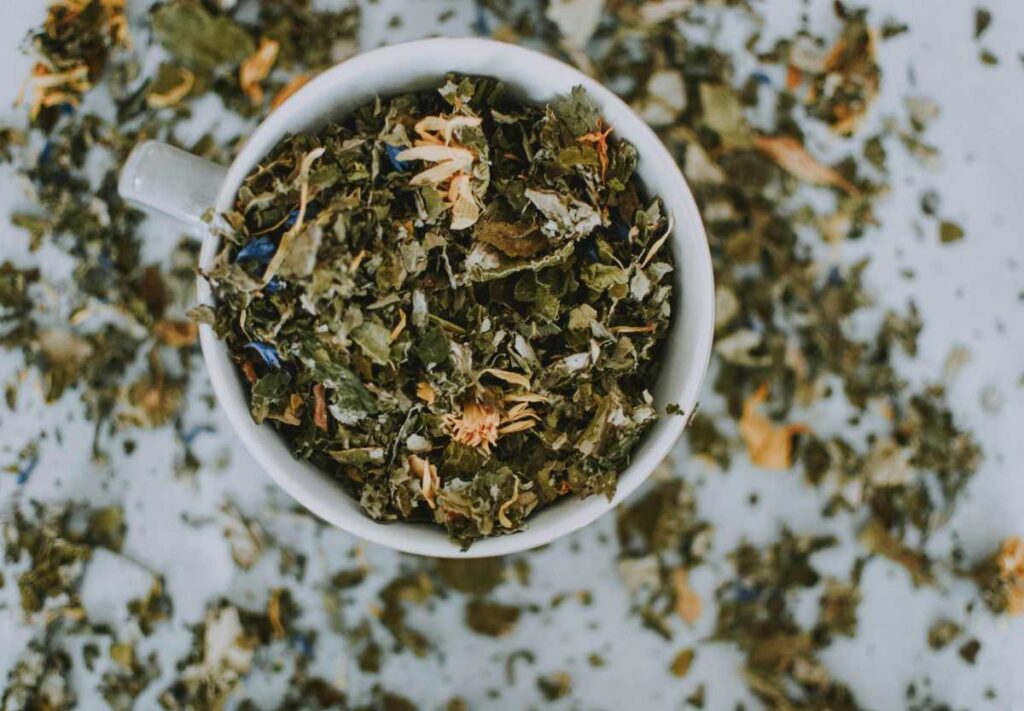
Green tea is packed with antioxidants that help protect the skin from damage caused by free radicals. It also has anti-inflammatory and antimicrobial properties that help fight acne and soothe irritated skin. When used as a moisturizer, green tea can provide hydration and control excess sebum production without the greasy feeling.
How It Helps:
- Hydrates and balances the skin.
- Reduces inflammation and acne.
- Protects the skin from environmental damage.
How to Use:
- Brew green tea and let it cool down.
- Use a cotton ball or spray bottle to apply the tea to your face after cleansing, allowing it to absorb into the skin.
- You can also apply a cooled green tea bag directly to irritated spots for extra calming effects.
6. Rose Water
Rose water is another natural, gentle ingredient that can work wonders for oily skin. It has soothing, anti-inflammatory properties that calm the skin while providing light hydration. Rose water is also known for its ability to balance the skin’s pH, which helps prevent excess oil production.
How It Helps:
- Hydrates and soothes the skin without making it greasy.
- Balances the skin’s natural pH.
- Reduces redness and inflammation.
How to Use:
- Spray rose water on your face as a toner after cleansing, or dab it gently with a cotton ball.
- You can also mix it with aloe vera or witch hazel for a calming and hydrating toner.
7. Coconut Oil (In Moderation)
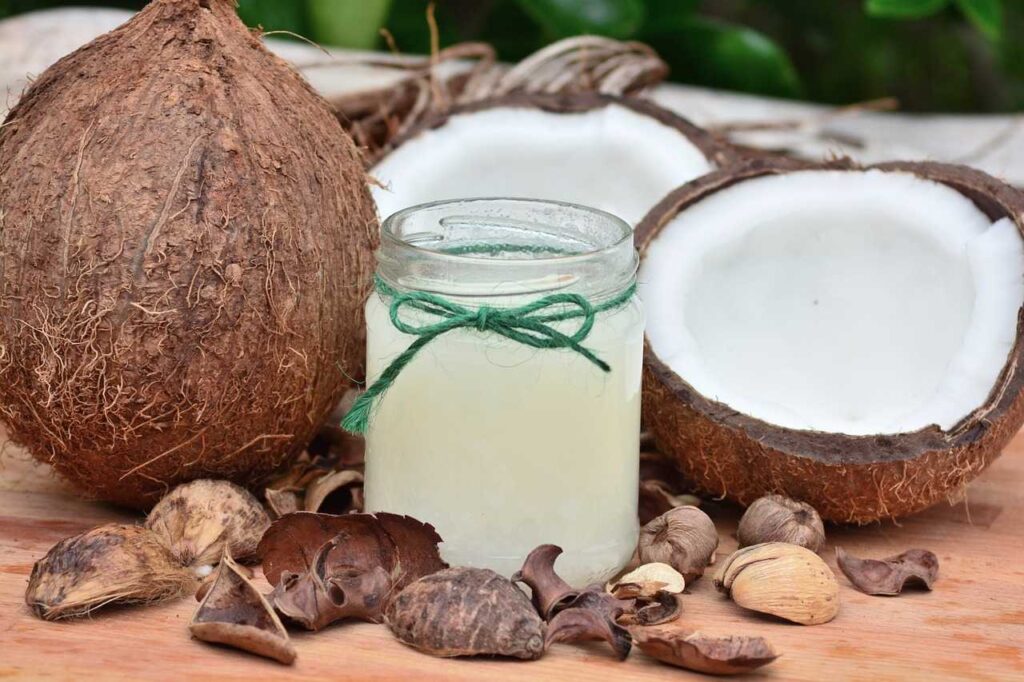
Coconut oil is known for its moisturizing properties, but it can be a bit heavy for those with oily skin. However, when used sparingly and on the right areas, coconut oil can provide hydration without overwhelming the skin. It is also packed with lauric acid, which helps fight acne-causing bacteria.
How It Helps:
- Deeply moisturizes dry spots without making the entire face oily.
- Fights bacteria and helps clear acne.
- Leaves the skin soft and nourished.
How to Use:
- Use a small amount (about a pea-sized amount) of virgin coconut oil and apply it to specific dry areas of your face.
- If using it all over, make sure to only apply a thin layer and avoid overuse.
8. Cucumber
Cucumber is known for its hydrating and soothing properties. It has high water content, making it perfect for oily skin that needs light hydration. The cooling effect of cucumber also helps reduce skin irritation, puffiness, and redness, making it an excellent natural moisturizer for oily skin types.
How It Helps:
- Hydrates and refreshes the skin.
- Reduces puffiness and inflammation.
- Keeps skin feeling cool and soothed.
How to Use:
- Slice fresh cucumber and apply the slices directly to your face for a cooling effect.
- You can also blend cucumber and apply the juice as a face mask for additional hydration.
9. Avocado
Avocado is rich in healthy fats and vitamins, making it a nourishing ingredient for dry or dehydrated skin. While it may seem too heavy for oily skin, when used in moderation, avocado can provide deep hydration and help balance oil production. The antioxidants in avocado also help fight free radicals, which can damage the skin.
How It Helps:
- Provides rich moisture without clogging pores.
- Reduces inflammation and helps repair damaged skin.
- Enhances skin elasticity and smoothness.
How to Use:
- Mash a small amount of ripe avocado and apply it as a face mask for 10-15 minutes before rinsing.
- You can also mix it with honey for added hydration.
In Summary:
Oily skin requires moisture just like any other skin type, but it’s crucial to choose natural products that won’t add to excess oil or clog pores. These natural moisturizers can help hydrate your skin while controlling oil production and providing additional skin benefits. Here’s a quick recap of the top natural ways to moisturize oily skin:
- Aloe vera – Light, hydrating, and soothing for oily skin.
- Jojoba oil – Balances oil production without clogging pores.
- Honey – A natural humectant that hydrates and fights acne.
- Witch hazel – A natural astringent that helps reduce oiliness.
- Green tea – Hydrates, reduces inflammation, and protects skin.
- Rose water – Soothes, hydrates, and balances skin pH.
- Coconut oil (in moderation) – Moisturizes without overwhelming skin.
- Cucumber – Refreshes and hydrates the skin naturally.
- Avocado – Deeply nourishes and repairs skin with healthy fats.
By incorporating these natural moisturizers into your skincare routine, you can maintain healthy, balanced, and hydrated skin without the risk of excess shine or clogged pores.
4o mini


